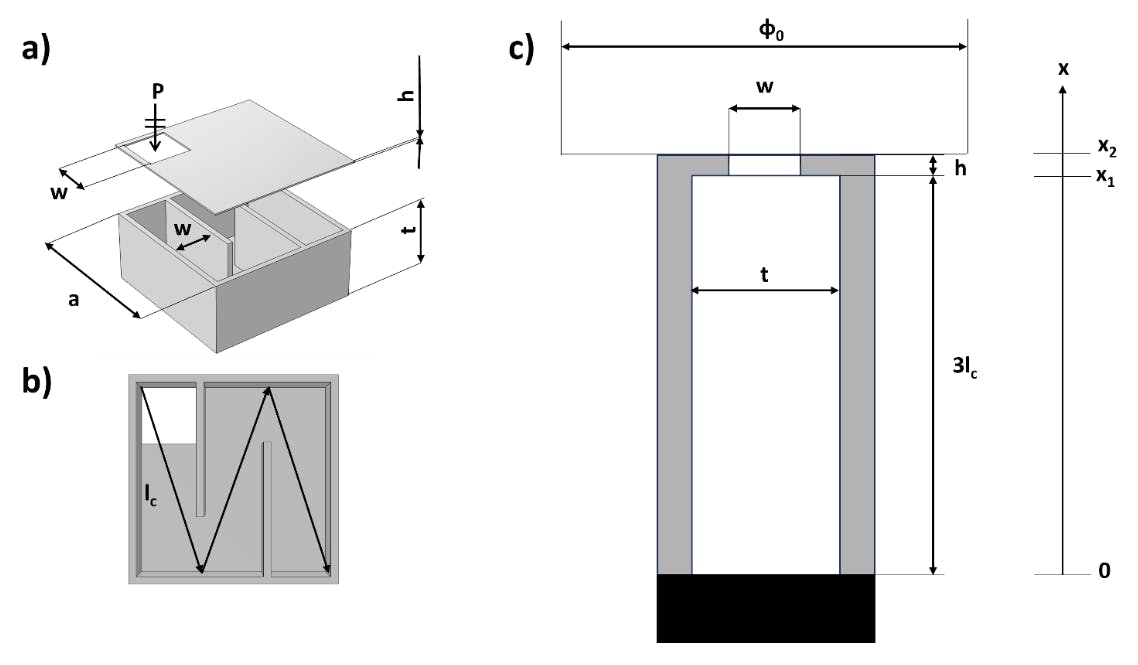For the past several years, TV manufacturers have been pitching 8K as the next summit for TV technology to climb. But six years after that format’s commercial debut, that ascent looks distinctly stalled, with few TVs selling and still hardly anything to watch in that format.
At CES 2025, where TVs of any size and resolution took a back seat to connected-home tech, 8K might as well have been stuffed in the trunk. The only TV vendor in Las Vegas last month to devote any messaging bandwidth to 8K was Samsung, which led off its TV announcements with 8K news. LG’s lineup also features 8K sets, but its CES news and exhibits did not.
TCL had leaned into 8K four years earlier, but it left the format out of its TV announcements and did not show off any 8K sets. The same went for Hisense, which had played up 8K a year ago but left it out of its news and exhibited only 4K sets–in sizes as big as 163 inches.
Samsung Neo QLED 8K TV at CES 2025 (Rob Pegoraro)
A similar dynamic has played out in estimates versus actual counts of 8K shipments to dealers. In January 2021, the Consumer Technology Association, the trade group that runs CES, forecast that 1.7 million such sets would ship in 2022, more than 10 times its final tally of 166,000.
CTA has since dialed back its 8K estimates but not by enough: Its report of 211,000 8K sets shipped in 2023 was well under an earlier forecast of 734,000 sets, and 2024’s total of 143,000 fell even shorter of a prior estimate of 700,000.
For 2025, CTA projects 150,000 8K sets will ship to dealers. But the organization remains more optimistic in the longer term, predicting that more than 2.7 million 8K TV sets will ship in 2029.
A Price and Programming Imbalance
One big reason why 8K has been left on the sidelines should be evident from retailers’ Super Bowl TV deals: the steep prices of these sets.
At Best Buy’s site, for example, the 8K selection among the TVs on sale consists of eight LG and Samsung models, starting at $2,300 for a 75-inch. The two LG 8K TVs it’s currently selling will run you $2,300 for 75-inch model and an eye-popping $10,000 for a 77-incher from 2023. Costco’s site, meanwhile, no longer lists 8K sets at all.
The other reason has been the glaring and longstanding lack of content delivered in that 7,680-by-4,320-pixel resolution beyond a smattering of YouTube clips.
“Unfortunately, 8K just isn’t all that useful for consumer televisions,” says Avi Greengart, president and lead analyst at Techsponential. “There isn’t any 8K content.”
Mark Vena, CEO and principal analyst at SmartTech Research, was slightly more optimistic, calling 8K’s future “uncertain—largely due to the limited availability of native 8K content and the high cost of 8K displays.”
With so few 8K sets in people’s homes—CTA’s surveys of tech ownership put the format’s US household penetration in 2024 at 0.6%—it’s unclear what will motivate the entertainment industry to make more 8K content.
“That is the million-dollar question,” says Juan Reyes, executive director of the 8K Association. “We are obviously in talks with the streaming platforms, with the content creators, the studios, about when we can get more content.”
The selection has been slightly better in some markets outside the US. The Japanese firm NHK started test satellite broadcasts back in 2016 and now offers one 8K channel, while in 2022 Samsung supported an 8K version of the series Das Boot in Europe.
Reyes did point to one recently added 8K streaming option, a service called Apollo TV that just began promoting a “lifetime” option at $999, discounted to $250. But Apollo’s site doesn’t advertise which channels come in 8K. Its “subscribe” buttons kept yielding site-not-found errors, and its publicist did not return an email sent Wednesday asking for comment.
Gaming represents another possibility, although the relative handful of games that support 8K on Sony’s PlayStation 5 Pro often require accepting a slower frame rate. And Microsoft only describes the Xbox Series X as “8K ready.”
Scaling and Sizing Up
Reyes says that between more content being shot in 8K and the lower bandwidth requirements of newer video codecs like VVC (now supported in Intel’s Lunar Lake series of laptop chips), streaming video services will come around to 8K.
Vena suggests that a similar view of the market explains Samsung’s continued push for 8K: “Samsung seems to be betting that as more 8K content is made available through streaming services, gaming, or camera improvements, the demand for 8K TVs will follow.”
In the meantime, there’s the same one-word answer to the content question that 4K advocates relied on at that format’s debut: upscaling. Demos of how software on TV can digitally upgrade 4K and even HD content to 8K have been a staple of 8K floor demos for much of the last decade.
Recommended by Our Editors
And because it’s 2025, the current version of that pitch involves adding AI to the upscaling software on sets. Says Reyes: “You can do some amazing upscaling to 8K, better than what you were able to see from displays three or four years ago.”
Greengart, however, questions how many people would notice these extra pixels: “Even if you had the content, you have to sit awfully close to the TV to discern the difference with typical human eyesight.”
Much of the 8K pitch, however, involves not just larger screens—Reyes suggests 77 inches as a minimum—but closer viewing.
An 8K Association whitepaper (PDF) endorses the format’s ability to deliver “super realism” when viewed from as close as 1.5 feet to a 75-inch screen, yielding “immersion on a par with the seats near the front of an IMAX theater.” (A screen that big would not fit in the living room of my 1920 bungalow.)
Meanwhile, other manufacturers see picture-quality components besides resolution as delivering more obvious benefits on those larger sets.
Greengart notes the brightness improvements delivered by mini-LED and OLED screen technology combined with more accurate color fidelity and more precise dimming. Vena observes that those display technologies both “have a great price-to-performance ratio” and can more easily comply with the energy-efficiency regulations of such markets as the EU.
Greengart’s take on 8K is that it remains a technology in search of a task: “Manufacturers began building 8K TVs because they could: the panel technology became available, and they are constantly looking for something new to get consumers to spend more and eke out slightly better margins.”
But as the manufacturers of 3D TVs can attest, putting something new into the market does not compel customers to buy it.
Get Our Best Stories!
This newsletter may contain advertising, deals, or affiliate links.
By clicking the button, you confirm you are 16+ and agree to our
Terms of Use and
Privacy Policy.
You may unsubscribe from the newsletters at any time.

About Rob Pegoraro
Contributor











